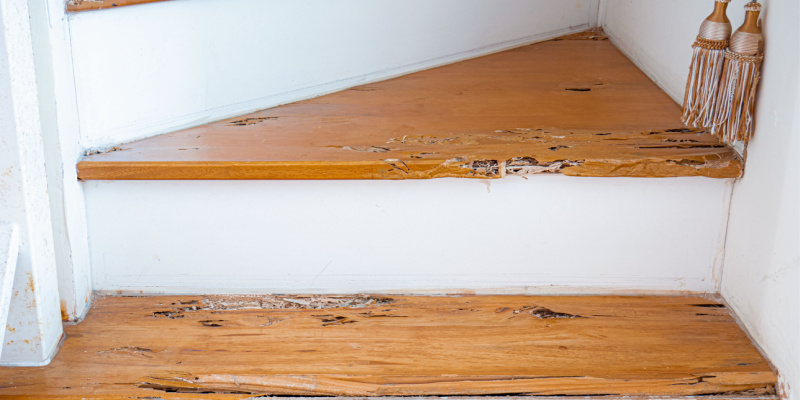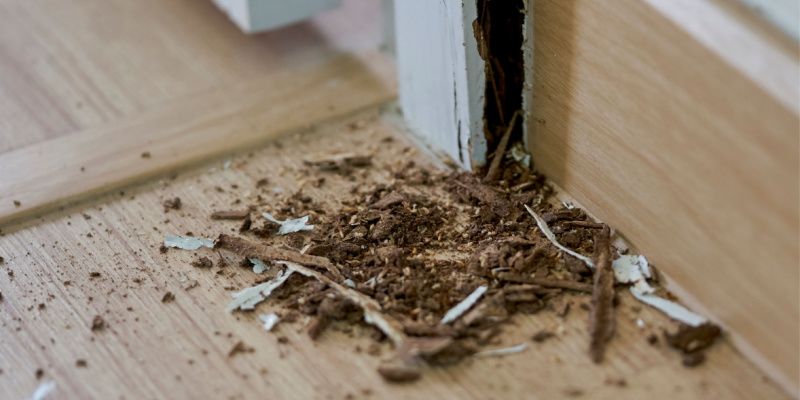In Cincinnati, termites are a significant concern for homeowners and property managers. This area, like many others in the United States, is susceptible to termite infestations that can lead to severe structural damage if not addressed promptly and effectively. Understanding the extent of the termite problem in Cincinnati is crucial for effective prevention and control.
Cincinnati’s Climate: A Perfect Habitat for Termites
Cincinnati’s climate, with its warm summers and moderate winters, creates an ideal environment for termites, particularly subterranean termites, the most destructive species in North America. The humidity and temperature provide perfect conditions for termites to thrive and multiply.
Types of Termites in Cincinnati
- Subterranean Termites: These are the most common and destructive termites in Cincinnati. They live underground and build mud tubes to access food sources above ground. They are known for their ability to cause significant structural damage silently.
- Drywood Termites: Though less common in Cincinnati, drywood termites can also be a concern. They live within the wood they consume and are typically found in attic spaces.
Identifying Signs of Termite Infestation
Homeowners should be aware of the signs of a termite infestation, which include:
- Mud Tubes: Subterranean termites create mud tubes on walls or foundations, which are often visible outside the home.
- Wood Damage: Affected wood may sound hollow when tapped and can have a honeycomb interior texture.
- Swarming Termites: The appearance of swarmers, especially in spring, is a common sign of a nearby colony.
- Discarded Wings: After swarming, termites shed their wings, often found near windowsills or doors.
The Impact of Termite Damage in Cincinnati
The impact of termite damage in Cincinnati can be substantial, with costs for individual homeowners ranging from minor repairs to extensive structural work. Termites work quietly and often go unnoticed until significant damage has occurred, making early detection and prevention key.
Prevention and Control Measures
- Regular Inspections: Annual inspections by pest control professionals can identify early signs of termite activity.
- Moisture Control: Termites are attracted to moisture, so fixing leaks and ensuring proper drainage around the foundation can deter them.
- Removing Termite Food Sources: Keeping wood, such as firewood and debris, away from the home’s foundation can reduce the risk of termite infestation.
- Professional Treatments: Barrier treatments and bait systems are effective methods used by professionals to control termite populations.
The Role of Professional Pest Control Services
Due to the complex nature of termite behavior and the potential for significant damage, professional pest control services are crucial to effectively addressing termite problems in Cincinnati. These professionals have the expertise, tools, and techniques necessary to not only treat current infestations but also to implement preventive measures to protect properties from future termite activity.
Termites are indeed a problem in Cincinnati, posing significant risks to homes and other structures. Awareness of the signs of termite infestations, coupled with regular inspections and proactive prevention measures, is essential for homeowners. Professional pest control services play a vital role in effectively managing termite challenges in the Cincinnati area, helping to safeguard properties against the silent threat posed by these destructive pests.


